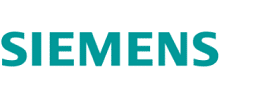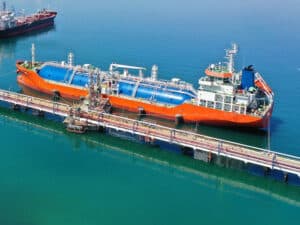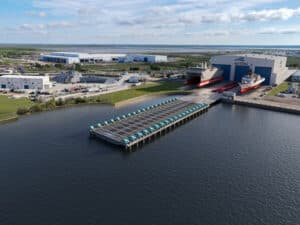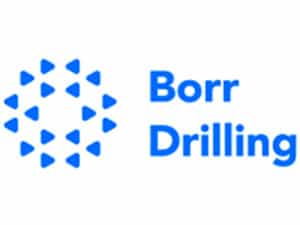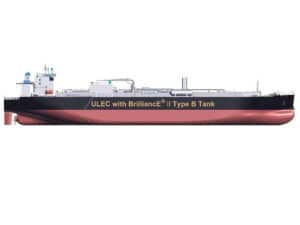
White Paper: Getting started with ship lifecycle management
Written by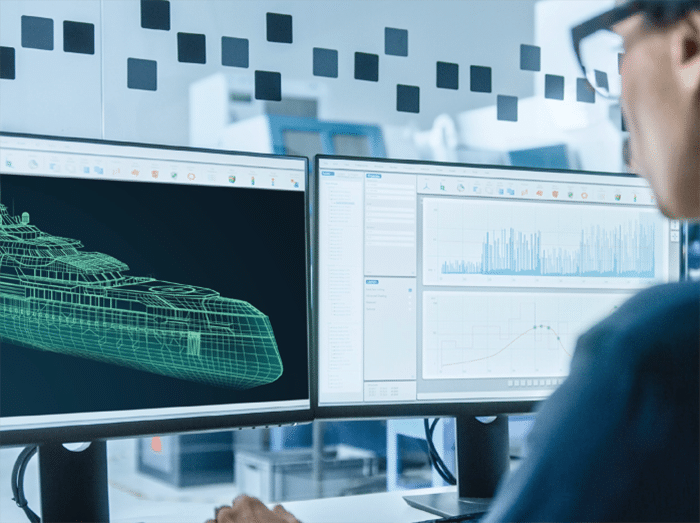
Shipbuilding companies implement product lifecycle management (PLM) systems to provide their diverse and widely dispersed enterprises with access to a single source of product and process knowledge. Once a PLM system is in place, shipbuilding companies can leverage this knowledge to improve productivity, reduce ship design and engineering costs as well as operational expenses, facilitate global collaboration and provide the visibility needed for better business decision-making. This white paper from Siemens identifies the best-practice capabilities that a PLM system should provide to facilitate these fundamental business needs.
As many shipbuilders struggle to use and manage PLM assets from project to project, this white paper will also show how PLM software brings together data from disjointed software tools in one centralized environment, which helps to:
- Improve productivity and reduce cycle time
- Reduce development errors and costs
- Facilitate collaboration
- Improve value chain orchestration
- Provide better visibility to enable better business decisions
Please fill out the form below to download the white paper.
By filling out the above form, you agree (except where prohibited by law) to share your information with both Simmons-Boardman Publishing and the sponsor of this white paper, who may follow-up with additional information regarding products and services related to this download. For information on how we handle your data, please visit Simmons-Boardman’s privacy policy and Siemens’ privacy policy.

